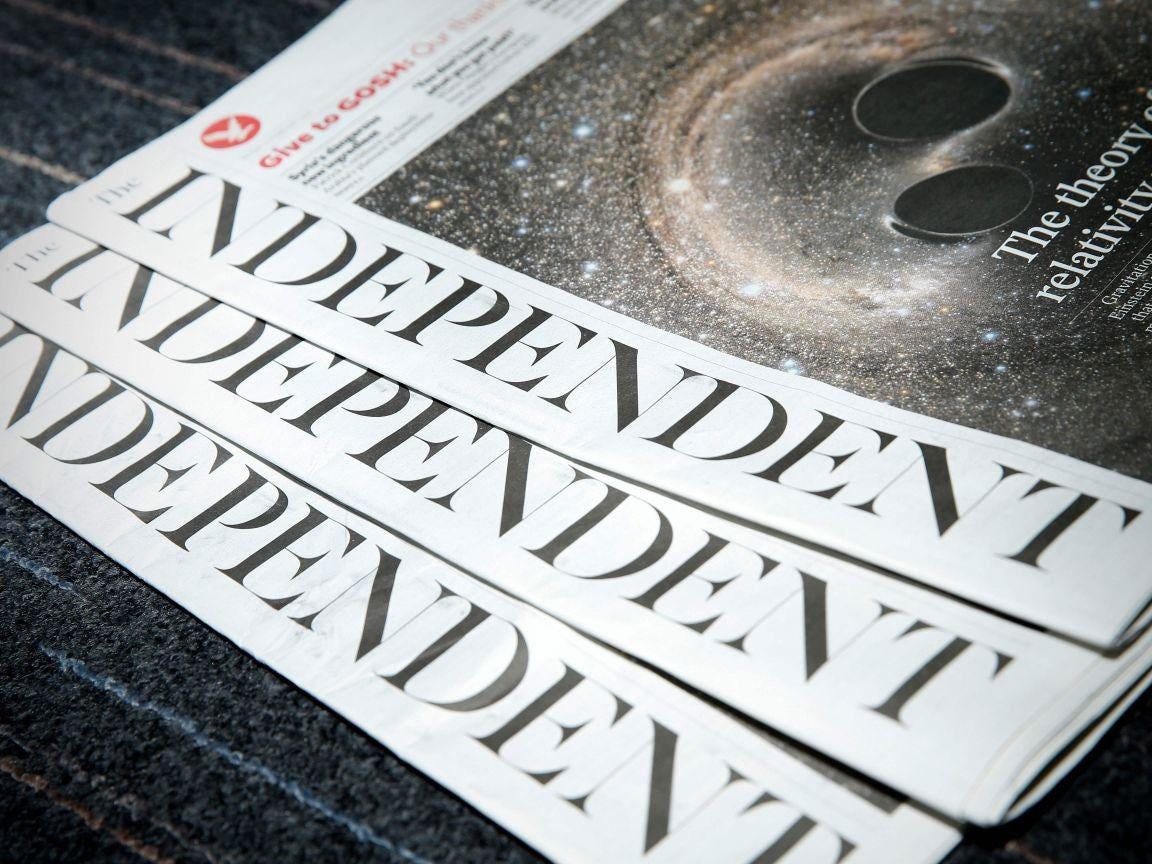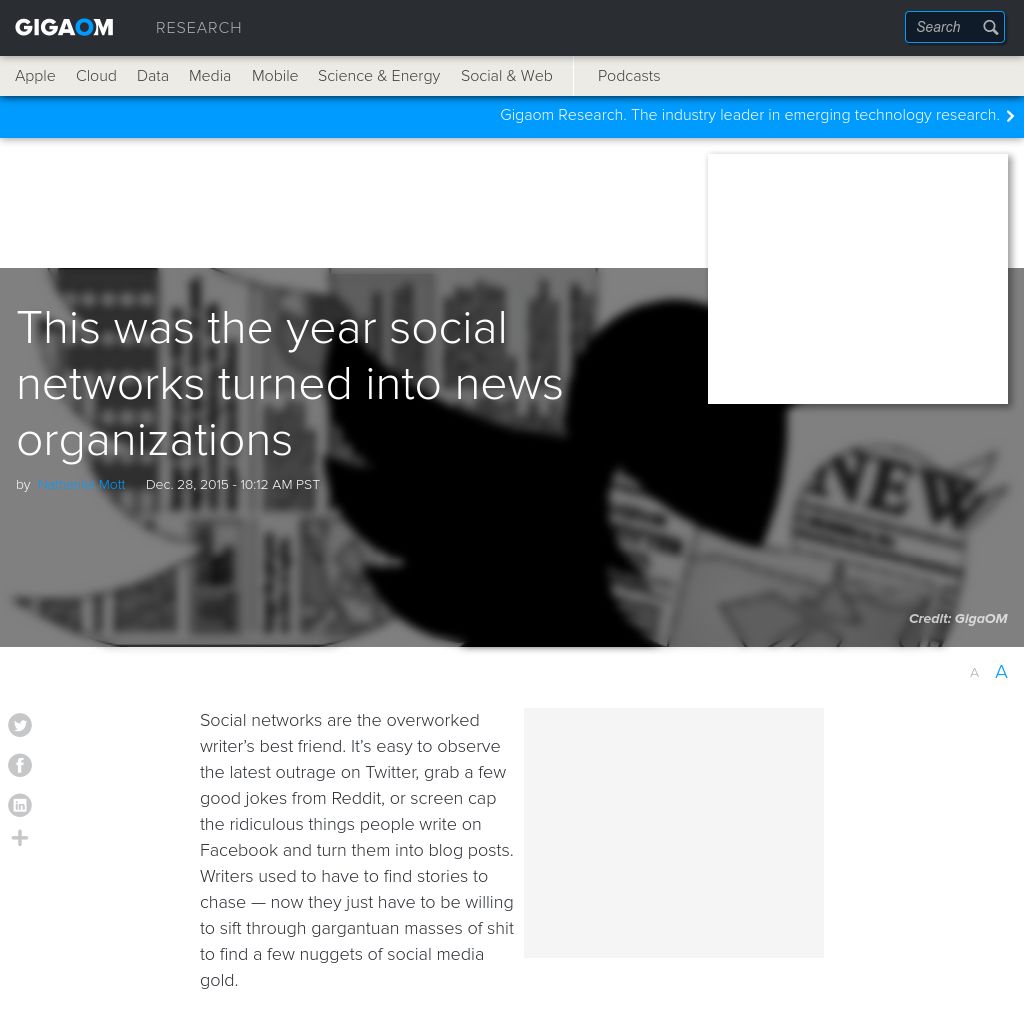MEST3 Section A | Kishan Pandya
Question 1
How do the two texts use narrative techniques to draw the attention of an audience? (8 marks)
The two exhibited excerpts share format of a broadcast text, aired on mainstream television and hence employ carefully crafted narrative techniques in order to maintain ratings from their mass audiences. The extracted scenes from Educating Yorkshire practice Todorov’s narrative theory of structure. The equilibrium is assumed precedingly to the more prominently highlighted disequilibrium, as Mushy’s speech impediment causes him great difficulty in presenting an item to his teacher. At this point, the audience is gratified (Blumler & Katz) with the pleasure of forming personal relationships with the character, and is succeedingly hopeful for a resolution as Mushy’s teacher takes on the role of a mentor (Propp’s character types) for the student. Soon, a sound-bridge leads on to establishing the positive resolution in the exclusive setting of a school assembly, thus gratifying another viewer gratification of surveillance into school-life or personal identity. Considering C4’s targeted audience of families, this would draw the attention of a variety of year groups as an educational life is one identifiable to everyone, academically conventional or not.
Likewise, the extract from Waterloo Road follows Todorov’s narrative theory as it opens with the equilibrium of an immediately recognisable setting of a high school’s exterior, made evident through the manipulation of mise-en-scene to adorn the frame with school students of varying attitudes and social groups. Signifiers (Saussure) such as the loose tie, to the absence of blazers, or a cake-face of make-up are short-handed displays (Medhurst) which disclose a lot for interpreting, toying with the prejudices and stereotyping conscience of the average British viewer.
Use of dialogue is crafted to create enigma codes of this ‘mysterious’ new arrival, which soon greets viewers to the disequilibrium of the narrative as a sequence of close-ups and steadily panning shots build-up suspense in order to soon reveal the robust appearance of a young female student. The audience are invited to make critical judgments about her as well as her father who is fitted in a suit and is defied by her daughter’s racy attitude in her animated method of removing her lipstick: “There, off” as she struts away leaving her audience in shock and questions.
Question 2
How do the two Media texts offer contrasting representations of school life? You may also refer to other media texts to support your answer.
(12 marks)
Overall, Educating Yorkshire refreshes us with a far more poignantly positive representation of school life than the ones we’re currently familiar with, the more cliche and captious ones as that shown in Waterloo Road. Mushy’s predicament concerning his speech impediment is mundane and reflects a realism which can be appreciated by the audience, further reaffirming the profiteering of the personal identity gratification (B&K). Issues as such are commonly disregarded by entertainment producers as too bland for the market, yet the absence of this in the media gives attention to Educating Yorkshire’s representation of school life.
Cutaways embedded into the sequence of Mushy’s speech show an emotional investment of teachers, who are commonly defamed more often in the media and news stories for their alleged incompetence or scandalous intent. Henceforth, Perkins’ theory of positive and true stereotypes can be applied in this instance as Educating Yorkshire offers a far fairer representation of school teachers. Moreover and most hearteningly, the clip exhibits acceptance and moral support from Mushy’s peers, who rejoice in his success and present emotional reactions in the medium-close ups showing them crying or smiling. Combinedly, these visual cues offer a lot of insight into the producer’s intended (Levi Strauss) representation of school life as a positively realistic one that can reside with the tenderheartedness of the viewership.
Contrastingly, Waterloo Road reinforces the traditional expectations of young students in their lives at school. Segregated social groups of likeability and hierarchical status and popularity are seen divided amongst their groups with their attached stereotypically identifiable appearances (Medhurst). Of course whilst this reflects a reality of school (Perkins), it is one which is largely cynical of even the teachers who are shown to behave in the stereotypically sardonic and pretentious manner often shown by the teachers casted in American films such as Dope, 17 Again and Mean Girls as well as UK classic Skins.
To the dismay of the audience, as affirmed by the falling ratings, Waterloo Road offers a jarring representation of school life as it adds a list of complaints to the ones regarding school life which currently occupy the news feeds of primarily right-wing servers including the Daily Mail and Times. As a critic once commented, “the papers would rather speak of ‘Teens going wild!’ rather than ‘Teens achieve impressive grades’”, and thus such newspapers serve such biased accounts of school life. This exemplifies Dyer’s theory of representations regarding the powerless being manipulated by those of power, as young people are criticised in these instances, similarly as to during the 2011 London riots. However, such power of the bourgeoisie is debatable as new and digital media offer young people and independent producers alternative powers to provide representations of their own through various mediums.
Question 3
How has social media changed the way audiences watch television? You should refer to other media products to support your answer.
(12 marks)
The television industry has indubitably transformed pivotally within its prior decade, correlationally with the dawn and daunting development of new and digital media. Social media in particular seems to pose a combination of both positive and negative threats simultaneously.
New media technologies have contributed to a changing landscape within the television industry, with companies seeking new methods of advertising and commerce, as well as broadcasters focusing on new distribution and content delivery methods. As predicted back in 1995, ‘wholly new content will emerge from digital, as will new players, new economic models and a likely cottage industry of information and entertainment providers’. The converging of market forces has continued to rouse debate over whether the nature of traditional broadcasting will be completely eradicated by the influx of the Internet. Or, conversely; whether people will browse and use the Internet solely via their television sets.
Audiences are also beginning to use new media technology, to interact with the real-time broadcasting of television programmes. The television industry has responded to the need of audience interaction by allowing viewers to comment and pose questions on particular issues, by using social-networking software. For example, in a remediation of audiences ringing in to pose their questions, TV channels such as Sky are allowing audiences to interact with their guests using Twitter. This is an extremely beneficial feature to the industry, as culturally, it has expanded the ease in which audiences can contribute to programming. It is this sense of engagement, from a political economic perspective, allows the user to gain pleasure from playing the part of a ‘prosumer’; conveying individual user autonomy by expressing their own views.
From an economic perspective, because the audience has to watch the broadcast in a real-time environment, they are more likely to view up-to-date commercials – an attractive proposition to advertising firms. This is an important challenge the industry is trying to overcome; as the audience becomes more fragmented, the watching of television perhaps a week later, thanks to the advent of PVRs and video-on-demand has become a viewing pattern that is dangerous to traditional broadcasting which relies on part, in ‘live’ viewing figures.




